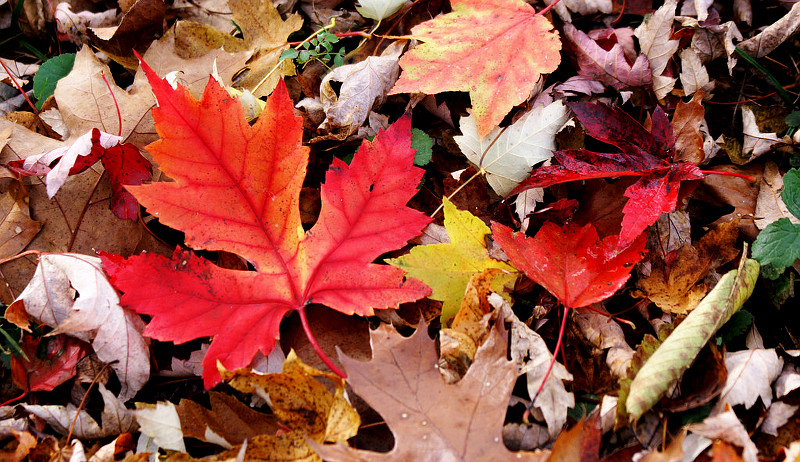
Having a successful spring is all about being prepared. If your spring garden is not ready when you want to plant, you’’ll need to work to get it in shape, which will put you behind for the season. The best way to ensure that doesn’t happen? Start in the fall. Start thinking about that spring garden as soon as you can after the summer solstice and through the fall. Anything you can do to get ready for the spring will make your next season that much more successful. Here are some specific tips.
1. Get Weeds in Check
If you have long growing seasons, the end of the summer offers you one more time to weed your garden for the next year, maybe two more times. On our farm, if we have a particularly weedy patch of ground that we fear will have a lot of weed seed, we get the ground worked up and ready to plant cover crops, but then we plant nothing. A week after the next rain we go through and plant our cover crop seed then harrow that into the soil. The goal is to have the harrow simultaneously bury the cover crop seed and kill the germinating weed seed. This way, you can have a less weedy plot going into the spring. You can also allow for the weeds to germinate a second time, but don’t go so late into the fall that your cover crop won’t establish before the first freeze.
2. Add a Cover Crop for Fertility
The phrase “cover crop” arises in almost every article about fertility, but until you’ve used them it’s hard to explain how much they can truly improve the quality of a garden. You can take one of two approaches. If you need to get into the soil early, consider growing oats or peas (or a mix), which will winter kill in most areas, leaving you with a nice ground cover but not a lot of mass to deal with in the spring. If getting in early is not as big of a concern, I recommend rye, crimson clover or vetch. These will in most places survive the winter, giving you a lush amount of green matter to work into the soil before planting in the spring. The increase in organic matter might be worth it.
3. Rake in Leaves
Leaves are an excellent source of organic matter and can be raked over your garden and tilled in or left as mulch. If adding them to the garden, don’t go so thick that the soil cant breathe—a thin layer is fine—unless using for the paths. If adding leaves to the compost pile, just make sure there is enough nitrogenous material (food scraps, for instance) to balance the high-carbon leaves. However you use them, the best part about leaves is that your city might be happy to bring them to you or give them to you for free.
4. Mulch
Speaking of mulch, the fall is a nice time to add it. Not being so pressed for time as you might be in the spring, you are free to take your time getting the mulch you want and spreading it thickly where you don’t want to mow the next year. If you use semi-permanent raised beds, you can use hay or wood chips down your paths, giving them ample time to break down a little so they don’t steal nitrogen in the spring, as mulch is wont to do.
5. Clear the Clutter
A cluttered shed or barn can take a psychological toll on the farmer. Use the fall to take some stuff to the dump or sales. Anything you don’t need, get rid of it so you’re not stepping over it or moving it out of the way to get to the things you need in the spring.
6. Take Lots of Notes
Walk around your garden with a pen and paper and take serious notes about what you want to do differently the next year. Did you like the spinach variety you grew? Did you feel like you started your tomatoes too late? Write it all down, and when you’re making your seed order the next year have that list on hand. Anything that happened worthy of note, write it down. That will help you to remember it, or at least be able to reference it in the subsequent growing season.




